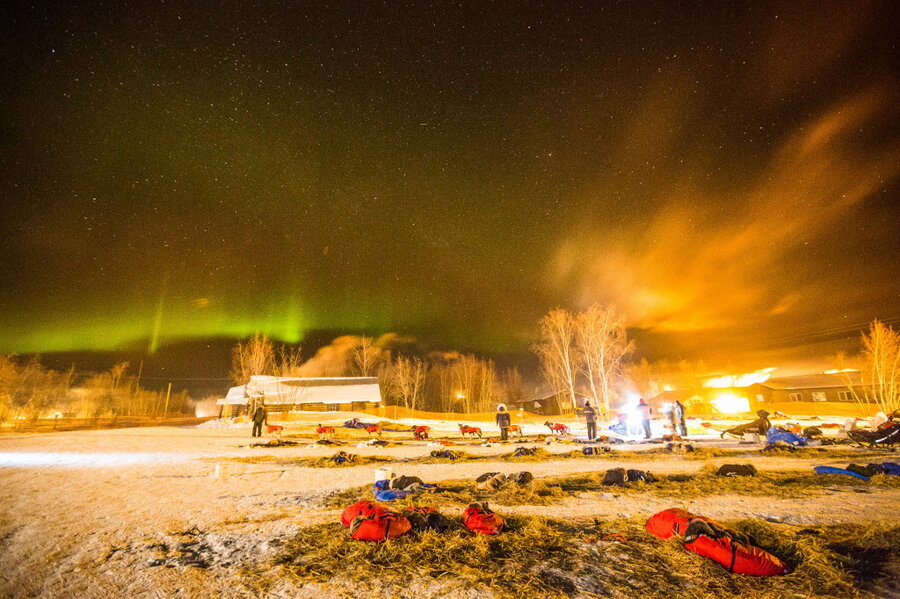Where can you see the Northern Lights in the US tonight?
Seeing the Northern Lights typically requires a trip near the Arctic Circle, but on Tuesday night, there is a possibility that the aurora borealis will be visible in the Lower 48.
Weather permitting, the Northern Lights could be visible as far south as Lansing, Mich., Great Falls, Mont., Portland, Ore., Pierre, S.D., and Madison, Wis., and the Canadian cities of Vancouver, Ottawa and St. John's, according the the aurora forecast at University of Alaska. The Northern part of Lake Superior is where one is most likely to see the aurora while still in America, Michigan Live reports.
When looking due north, the lights should be visible low on the horizon from about midnight to 3 p.m. when the night is darkest.
The University of Alaska ranks the intensity of tonight’s lights at four out of 10, or "active auroral activity." In the contiguous US, a four is relatively rare. But the rate drops to three Wednesday night.
Tuesday night’s aurora will be particularly strong thanks to the three coronal mass ejections that erupted from the sun on March 9, two of which are heading toward Earth.
Astronomer Richard Walker describes a coronal mass ejection as a "huge blob of solar particles" flung from the surface of the sun. Although coronal mass ejections occur every day, these particular ejections are headed toward Earth, meaning particles from the sun will hit the Earth’s atmosphere and magnetic field.
When solar emissions reach Earth, they often produce auroras like the Northern and Southern Lights because charged particles, typically protons and electrons, excite the atoms in the atmosphere. As the atoms jump from one energy level to another, they emit light, creating the optical spectacle.
This phenomenon occurs at the poles, where the Earth's magnetic field dips toward the surface.
Although the Northern Lights can be difficult to see with the naked eye, Global News suggests setting up a camera on a tripod and taking a 10 to 15 second exposure at a high ISO to capture the glow.









